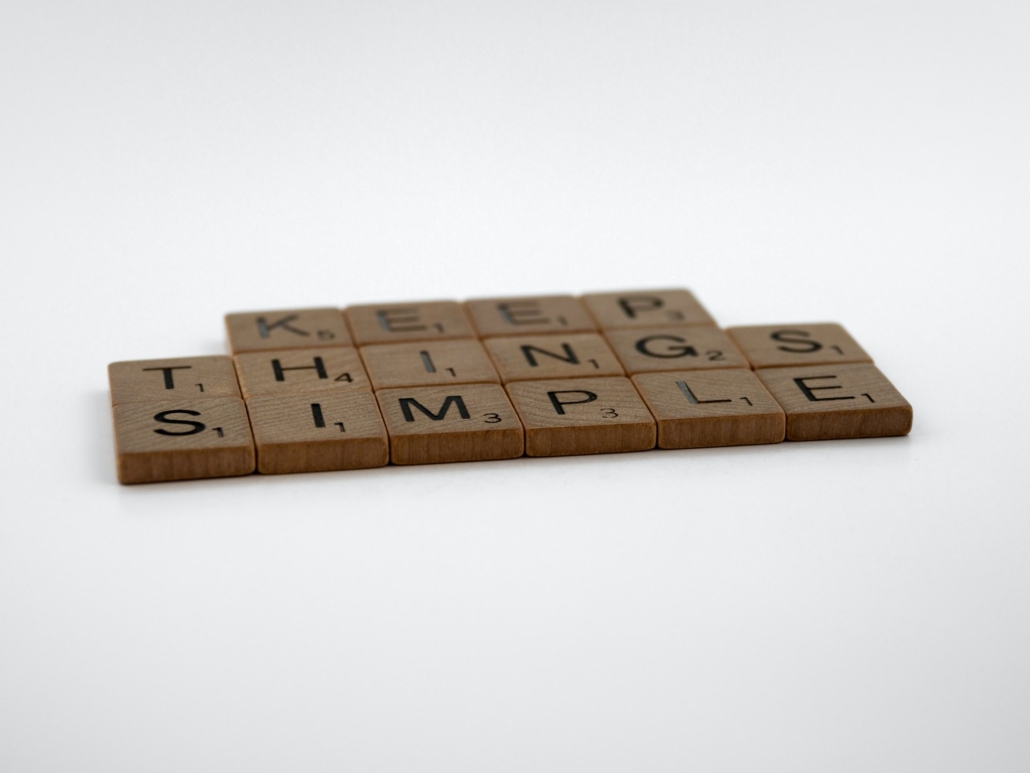
I think it’s funny that DataFrames are so popular these days, I mean for good reason. They are a wonderful and intuitive way to work with and on datasets. Pandas … the nemesis of all Data Engineers and the lover of Data Scientists. Apache Spark is really the beast that brought DataFrames to the masses. Even those little buggers over at Apache Beam give you DataFrames.
Of course, when anything gets popular, you start getting little things that start to pick and peck at the heels. I would probably say that is what DataFusion with Rust seems to be. Seems more like a contender against Pandas rather than Spark to me. I guess if you’re just using Spark locally or on a single node, sure you could consider using DataFusion. Code available on GitHub.
Read more








